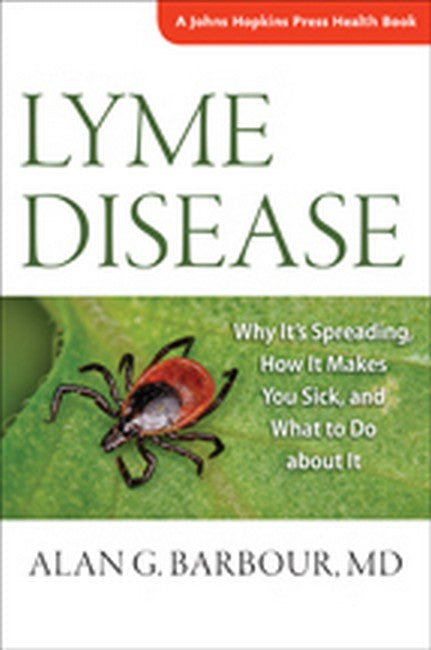Once restricted to small forested areas in the northeast and north-central United States, Lyme disease is now a common infection in North America and Europe. The Centers for Disease Control and Prevention estimate that more than 300,000 new cases occur each year in the United States. Misunderstandings over symptoms and treatment increase the public's concerns about the diseasewhich, if not properly treated, can become chronic and debilitating.An expert on tick-borne diseases, Alan G. Barbour explains the course of illness that results from infection, diagnosis and treatment options, and steps that can be taken to avoid a tick bite in the first place. The ticks that transmit Lyme disease may also transmit other disease-causing pathogens, and these other infections are considered as well.Drawing on real case histories of individuals with Lyme diseaseor illnesses that may be mistaken for Lyme diseaseBarbour explains:· The biology of the spirochete, Borrelia burgdorferi, that causes Lyme disease· The role of animals such as mice that carry the infection· The life cycle of the ticks that transmit the infection· The importance of deer in perpetuating the cycle· The basics of diagnostic laboratory tests and how test results are interpreted· How antibiotics are used in treating Lyme diseaseInfected ticks are abundant in the woods, in walking trails, and in the shrubs and tall grass where suburban lawns meet wooded areas. Barbour stresses preventing disease through community-wide ecology projects and individual and household protection. While it may be difficult to escape infection, understanding the danger, the symptoms, and the treatment goes a long way toward preventing long-term health consequences.Featuring a list of reliable web sites and a glossary of terms, Lyme Disease is an invaluable resource for everyone who is at risk of the disease or is involved in preventing and treating it.

